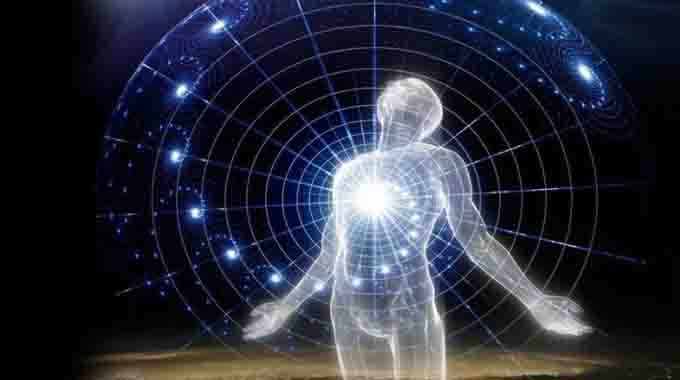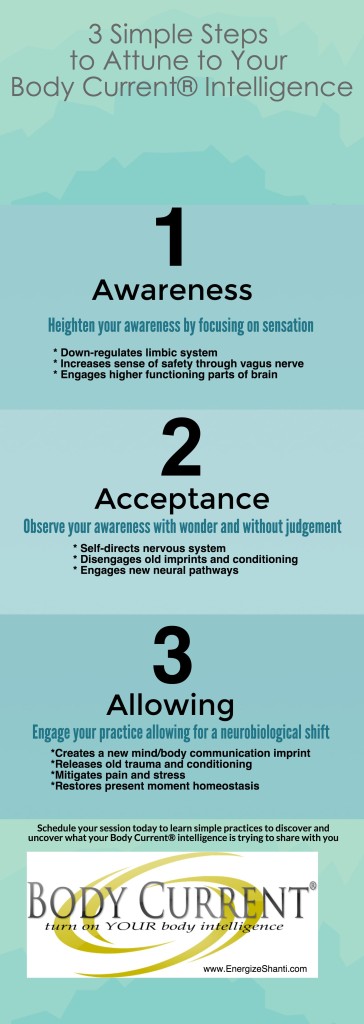The breath is something we have all taken for granted at one time or another. Most often, we simply forget about our breath and let autopilot run our respiratory system or perhaps we have even held our breath during times of stress. Modern day neuroscience research is finally catching up to what ancient wisdom has known for thousands of years about the power of the breath and mindfulness.
Breath is the bridge which connects life to consciousness, which unites your body to your thoughts. ~ Thích Nhất Hạnh
Dr. Stephen Porges has shown through his Polyvagal Theory that the vagus nerve has the potential to “turn off” the inflammation response often related to diseases such as autoimmune dysfunction, epilepsy, rheumatoid arthritis, and irritable bowel syndrome. The vagus nerve, or tenth cranial nerve, connects the brain to major organs and systems in the body including the digestion and gut, throat, heart, lungs, and facial muscles. In addition, the vagus nerve is responsible for keeping the larynx open during breathing which literally feeds the breath to the lungs and diaphragm sending a message to our nervous system that all is well.
Are you willing to take 8 minutes to breath into the POSSIBILITY of unraveling stress and pain? It’s amazing what can happen to the nervous system in just 8 minutes. Each and every time you practice this application with earnestness, you are priming neural pathways and creating new neural grooves…each and every time…it does not take years of practice…just 8 minutes a day to self-direct your nervous system with your breath. Yup, it’s that simple but do not underestimate the potency of the practice due to it’s simplicity.
Many of my clients enjoy setting a timer for the 8 minutes which allows you to be present with the practice without needing to focus on the time.
- Find a comfortable position in a location you feel safe
- Notice a few rounds of your natural breath to arrive in the present moment by literally following your breath on a journey through your body. Where is the breath coming into the body? Where is the breath feeling restricted or shallow? What is the texture of your breath? How is the breath being received by the body? Which sensations and emotions are you experiencing? Try not to judge what you are noticing but simply observe with wide open wonder. Apply the 3 A’s of the Body Current® modality to self-direct your experience for the remainder of this practice: Awareness, Acceptance and Allowing. Awareness of the breath and sensations arising, Acceptance of your awareness, and Allowing for a shift to happen through the experience of the practice. The shift in your neurobiology can be subtle or obvious. See the Body Current chart below for more details on this application.
- Engage with your breath for the next 8 minutes by allowing the body to expand in all directions as you self-direct your slow, smooth inhale through your nose. Follow with a slow, smooth exhale out rounded lips as you track the exhale all the way out of the body allowing the naval to gently squeeze out the bottom of the exhale. Invite the inhale to begin in the naval, where the exhale completed, expanding the breath into the mid and upper body as well as the side body and back body. Feel the river, or current, of your breath flowing in and flowing out as you continue to apply the 3 A’s to self-regulate your nervous system. Perhaps you wish to add your own content to this practice such as setting an intention for what you are releasing with each exhale or receiving with the inhale. You can even repeat that intention with each breath. Inhaling “I feel calm”, Exhaling “I feel relaxed”.
- You can choose to add a somatosensory piece by allowing your arms to float up as the breath expands into the body on the inhale and float back down to your side as you exhale. Match breath to movement linking and syncing slow, smooth breaths with slow, smooth movements. Close the practice by once again noticing one or two rounds of your natural breath. What do you notice? What can you feel has shifted in these 8 minutes?
- You can also choose to add a hum to the exhale if you wish to deepen this practice. Humming, as well as chanting, vibrates the vocal cords and the inner ear further stimulating the vagus nerve. Simply notice the sensations in your throat, chest and head from the vibration. Perhaps you can even choose to direct the humming to a certain part of your body in which you may be feeling pain or tension. Allow any painful sensations and tensions to move through your body with each exhale creating even more space for inner peace with each inhale.
When you own your breath, nobody can steal your peace. ~Author Unknown
Feel free to apply this simple breathing practice, and the Body Current principles below, during times of heightened stress or fear throughout your day. As little as 30 seconds of earnest breathing practice can mitigate stress and help us to feel grounded and present.
Learning to pay attention to self-directing our breath, and ultimately the vagus nerve, allows the use of the breath as a simple tool to self-regulate our emotional response to present moment stressors and triggers. This has been found to reduce the physiological symptoms of anxiety, depression, and Post Traumatic Stress. Slow, smooth, diaphragmatic breathing stimulates the vagus nerve which in turn “switches on” the parasympathetic part of our autonomic nervous system. This creates a calming and relaxing response bringing homeostasis to our emotional, mental, and physical bodies with each breath. Each time we heighten our awareness around our inner environment and self-direct our breath accordingly, we are leveraging our ability to literally prime new neural pathways while trimming back conditioned patterns and trauma triggers imprinted in our flight/fight/freeze response.
“Neuroscience research shows that the only way we can change the way we feel is by becoming aware of our inner experience and learning to befriend what is going inside ourselves.” ~ Bessel A. van der Kolk, The Body Keeps the Score: Brain, Mind, and Body in the Healing of Trauma
3 A’s of the Body Current® Application:
Here is an info-graph detailing the foundational 3 simple steps to attune to your innate Body Current intelligence:
Recommended Product: SoMAntra® double CD of chanting and body-centered practices to ignite the innate wisdom
Recommended Blog: Embodied Transformation at Kripalu Center for Yoga & Health August 14-19
Shanti Medina, CYT, CPT, CNSF, created Energize training systems and Body Current® therapeutics after more than 15 years designing personal therapy and transformational wellness programs for clients. Body Current® is a revolutionary empowering system of simple and highly effective yoga therapy and neuromuscular body-centered practices designed to gently release trauma, resolve chronic pain, mitigate daily stress, and reprogram old conditioning in the mind/body/cellular map with each breath. She is a certified Neurosculpting® facilitator and is the Director of Development at the Neurosculpting Institute in Denver, CO. To find out more about Shanti, visit: www.EnergizeShanti.com




